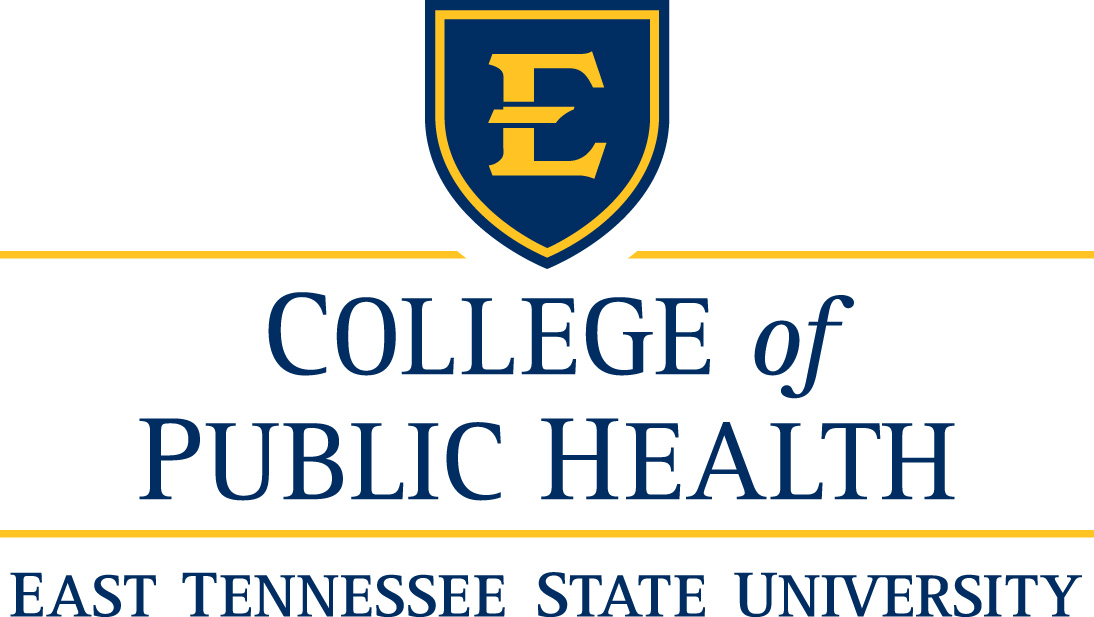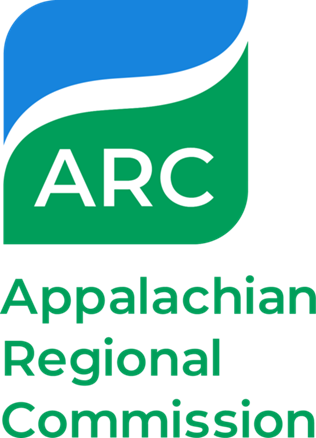Author Area of Expertise
Gardner - Epidemiology
Umer - Epidemiology
Hendricks - Epidemiology
Rudisill - Epidemiology
Lefeber - Pediatrics
John - Pediatrics
Lilly - Biostatistics
Abstract
Introduction: Adequate prenatal care (PNC) is essential to the overall health of mother and infant. Teen age and advanced maternal age (AMA) are known risk factors for poor birth outcomes. However, less is known about whether these age groups are associated with inadequate PNC.
Purpose: This study sought to determine the potential association between maternal age (in groups, aged 20–24, 25–29, 30–34, 35–39, and >40) and inadequate PNC (visits).
Methods: West Virginia (WV) Project WATCH population-level data (May 2018–March 2022) were used for this study. Multiple logistic regressions were performed on inadequate PNC (less than 10 visits) with maternal age categories, adjusting for covariates including maternal race, smoking status, substance use status, parity, education, geographic location, and insurance status.
Results: Results demonstrate that both young and AMA pregnant people are more likely to receive inadequate PNC. PNC is particularly important for these groups, as they are at increased risk of poor birth outcomes. Just over 11% of pregnant people who gave birth in WV received inadequate PNC. Participants aged 19 years and younger (aOR:1.3, CI:(1.2,1.4)), 35–39 years (aOR:1.1, CI:(1.0,1.2)), and 40 years (aOR:1.3, CI:(1.1,1.5)) were at increased odds of inadequate PNC relative to 25–29-year-olds.
Implications: Results indicate that easily obtained demographics, such as a pregnant person’s age, can be utilized by policymakers and clinical interventionists to improve birth outcomes by increasing PNC outreach for these groups.
DOI
https://doi.org/10.13023/jah.0601.03
Creative Commons License

This work is licensed under a Creative Commons Attribution 4.0 License.
Supplemental Figure
Recommended Citation
Gardner M, Umer A, Hendricks B, Rudisill TM, Lefeber C, John C, et al. Maternal age and inadequate prenatal care in West Virginia: A Project WATCH study. J Appalach Health 2024;6(1): 20–36. DOI: https://doi.org/10.13023/jah.0601.03
Included in
Community Health and Preventive Medicine Commons, Public Health Education and Promotion Commons, Regional Sociology Commons





Social Media Links